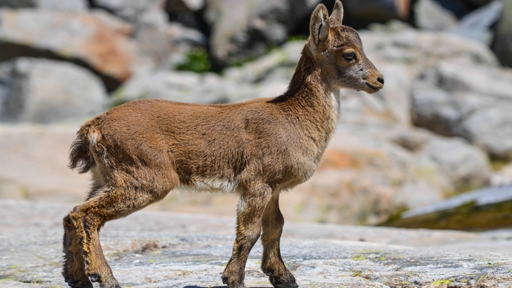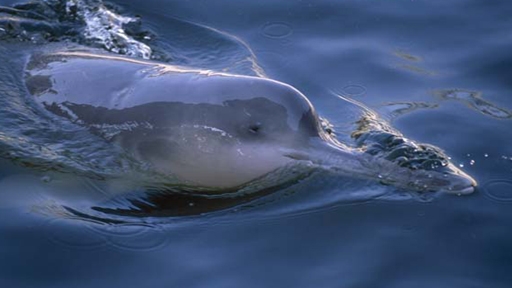
Humans have led to the extinction of countless animals. We’ve eliminated their natural food sources, taken over their only habitat, and poached them for body parts. It’s a sad reality and it continues to this very day.
Here are five irreplaceable species that we’ve driven to extinction in the last 20 years alone:
Pyrenean ibex: Extinct in 2000
 Western spanish ibex, a cousin to the extinct Pyrenean ibex. Image:
Western spanish ibex, a cousin to the extinct Pyrenean ibex. Image:
The last Pyrenean ibex was seen in northern Spain in 2000; Unfortunately, the lone female had been killed by a falling tree.
This adorable hoofed species was a subspecies of the Spanish ibex that was once widely distributed throughout France and Spain.
Scientists attribute the species’ extinction to poaching and disease, but it’s also possible that they were unable to compete with other species for limited food.
Scientists gathered samples from the deceased female in 2000 and made the first ever clone of an extinct animal in 2009. However, the animal died of lung defects immediately after birth. It is unknown whether or not the researchers will make another attempt.
West African black rhino: Extinct in 2011
 Black rhinoceros mother and calf. Image: Yathin S Krishnappa
Black rhinoceros mother and calf. Image: Yathin S Krishnappa
The West African black rhino is one of three subspecies of the black rhino that have gone extinct, all of which were once common throughout Africa.
The population was decimated by poachers who killed the rhinos for their horn; the rest of the animal was discarded.
The horn, made of keratin (the same protein that makes up our fingernails) is smuggled into Asia illegally for its “medicinal benefits” despite the fact that the supposed benefits have been disproven on multiple occasions.
Unfortunately, all black rhinos are critically endangered due to this practice.
Baiji river dolphin: Extinct in 2007

The last documented sighting of this freshwater dolphin was in China in 2002. Though it’s currently listed as critically endangered, a 2006 expedition to locate the species failed to find even 1 individual. Expedition researchers concluded that the baiji is now “functionally extinct.”
The population started declining rapidly when China started utilizing the rivers for fishing, transportation, and hydroelectricity.
Formosan clouded leopard: Extinct in 2013
 Clouded leopard. Image: Yuxi
Clouded leopard. Image: Yuxi
The Formosan clouded leopard was a subspecies of the clouded leopard native to Taiwan. These leopards were driven out of their native habitat by logging. Their natural prey was also completely eliminated, and the remaining few were decimated by poachers who hunted them for their pelts.
Researchers searched for 13 years and didn’t find any trace of the species; The expedition ended in 2012, and at that time the Formosan clouded leopard was determined to be extinct.
Caribbean monk seal: Extinct in 2008
 Captive Caribbean monk seal. Image: New York Zoological Society
Captive Caribbean monk seal. Image: New York Zoological Society
Caribbean monk seals once freely roamed the Caribbean, but humans eliminated their only food source and hunted every last one of them for oil.
This seal, which grew to 8 feet in length and weighed between 375 and 600 pounds, was closely related to Hawaiian and Mediterranean monk seals, both of which are critically endangered.




